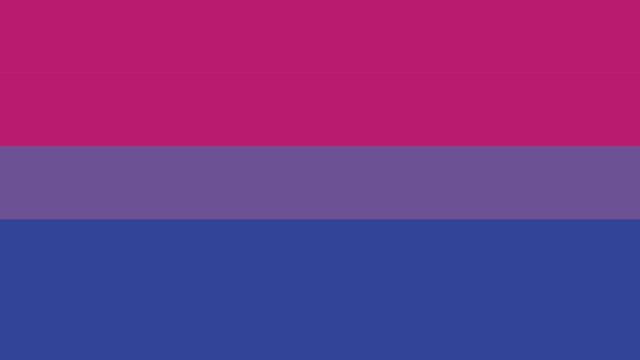As we celebrated Bisexual Awareness Week, we recognized that experiences among bisexual people in healthcare settings remain rarely discussed or understood by community organizers, medical professionals and researchers.
Bisexuals face striking rates of poor health outcomes ranging from cancer and obesity, to sexually transmitted infections to mental health problems. Studies suggest that bisexuals comprise nearly half of all people who identify as lesbian, gay or bisexual, making the bisexual population the single largest group within the LGBTQ community –– yet, as a community, we are doing little to address the needs of bisexual people.

Moreover, transgender people and people of color comprise large portions of the bisexual community –– with more than 40 percent of LGBTQ people of color identifying as bisexual, and about half of transgender people describing their sexual orientation as bisexual or queer –– making these groups vulnerable to further disparities that occur at the intersections of biphobia, racism and transphobia.
Here are five unique resources for the bisexual community:
1. HRC’s “A Resource Guide to Coming Out As Bisexual” features the inspirational words of bisexual people who have come out and found community and fulfillment, as well as advice about the risks and rewards of coming out, and strategies for navigating real life coming out situations – from telling family and friends, to assessing whether a workplace would be supportive and safe.
2. HRC Foundation’s “Supporting and Caring for Our Bisexual Youth” report, based on one of the largest surveys ever of LGBTQ youth and released in partnership with the Bisexual Resource Center, BiNet USA, and the Bisexual Organizing Project, revealed a troubling chasm between the experiences of bisexual youth in America and their non-LGBTQ peers.
3. Bisexual visibility and inclusion continue to be a challenge for many workplaces. Check out HRC Foundation’s resource on bisexual visibility in the workplace and action steps to improve bisexual inclusion in your workplace here.
4. HRC’s report “Health Disparities Among Bisexual People” found that bisexuals face striking rates of poor health outcomes ranging from cancer and obesity, to sexually transmitted infections to mental health problems. Studies suggest that bisexuals comprise nearly half of all people who identify as LGB, making the bisexual population the single largest group within the LGBTQ community –– yet, as a community, we are doing little to address the needs of bisexual people.
5. What does it mean to be bisexual? How many people are bisexual? What concerns do bisexual people have? Check out these answers to some basic questions about bisexuality.
Enviroshop is maintained by dedicated NetSys Interactive Inc. owners & employees who generously contribute their time to maintenance & editing, web design, custom programming, & website hosting for Enviroshop.
